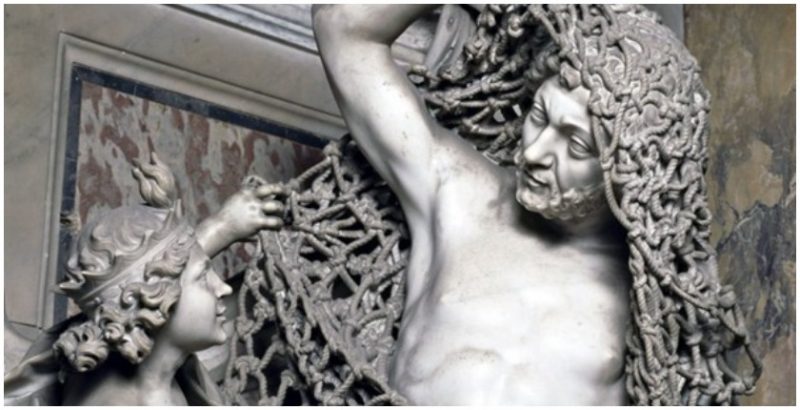Lovers of classical art flock to Italy to view the many amazing works of art to be found there. Italy is the home of some of the most famous pieces of sculpture in the world, but it’s also home to other, less famous pieces that are equally stunning.
In the historic center of Naples lies the Cappella Sansevero, a chapel full of some of the most beautiful and intricate sculpture of the 18th century, commissioned by one of the most controversial figures of era, Raimondo di Sangro.

The chapel itself was originally built late in the 16th century for the tombs of the di Sangro family. It wasn’t until the 18th century that Raimondo di Sangro gave it the refit it still enjoys to this day.
The chapel houses a stunning array of nearly thirty works of art, but arguably the most remarkable pieces in the chapel are the central statue, Veiled Christ, or Christ Veiled under a Shroud, and the sculptures that surround it.

The reclining Christ lays on a carved plinth, covered with what appears to be a sheer veil which softens, but doesn’t obscure the body underneath. Amazingly, as with the other central statues in the chapel, the veil and figure are carved from one piece of marble.
It was created by Giuseppe Sanmartino, who finished it 1753. Di Sangro had originally hoped to have the piece carved by Antonio Corradini, who was responsible for Modesty, another of the sculptures in the chapel, but Corradini died in 1752, having only made a scale model of the piece.
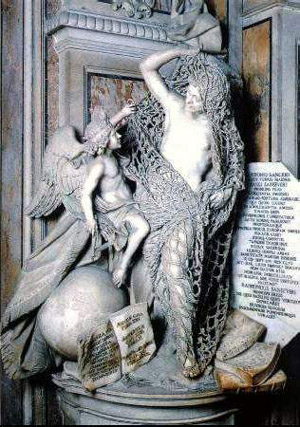
The effect of sheer fabric carved out of marble makes Sanmartino’s work one of the most impressive in the world. The statues which surround the Veiled Christ all represent various virtues. Of these, perhaps the most astonishing is Release From Deception by Francesco Queirolo, also known as Disillusion.
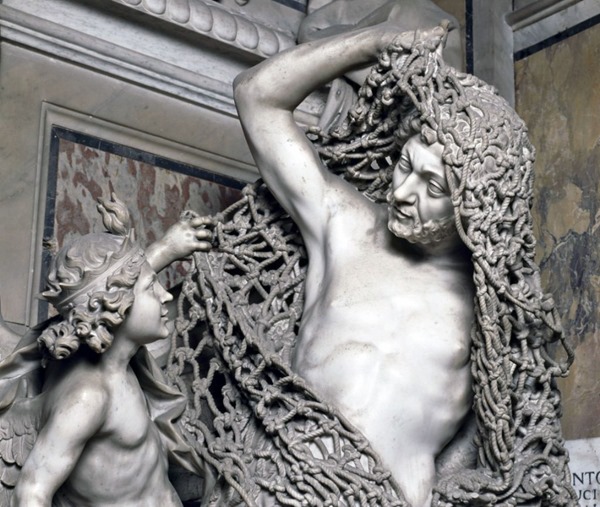
The work is dedicated to di Sangro’s father, Antonio, who turned to a sybaritic lifestyle after the death of his wife, according to Lonely Planet. Antonio di Sangro came to repent his ways later in life and joined the priesthood as a way to atone for his misdeeds.
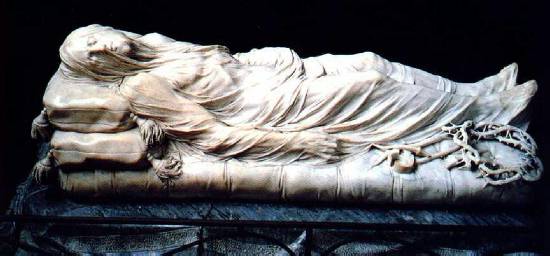
The sculpture shows a man in the process of breaking free from a net that envelops his body, helped by a small angel. There’s a globe at his feet, with an open book resting on top of it.
The tableau symbolizes a man who is set free of sin, which is represented by the net. The winged angel has a flame on its head, representing the human intellect, and it’s helping to free the figure while pointing down at the globe representing worldly desires. The book on top of the world is the bible, and carving at the statue’s base tells the story of Jesus restoring sight to the blind.

Without question, the most remarkable feature of the sculpture is the net that surrounds the figure within. According to BoredPanda, not only does it surround the man almost entirely, but the work itself is incredibly intricate, showing the details of the rope and the knotting very clearly.
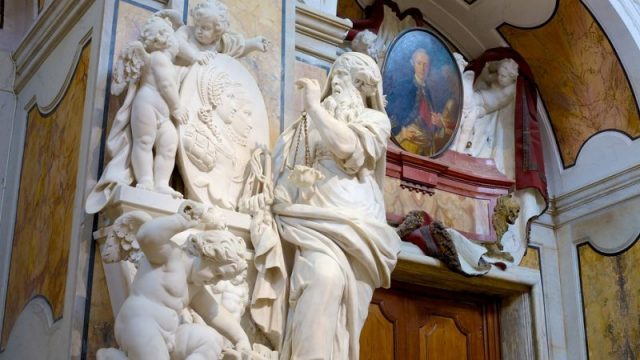
The net is so delicate that it’s believed that when it was time for the completed statue to be smoothed with pumice (the step that gives marble work that smooth finish), Queirolo had to do the work himself, since none of the local craftsman were willing to risk breaking it.
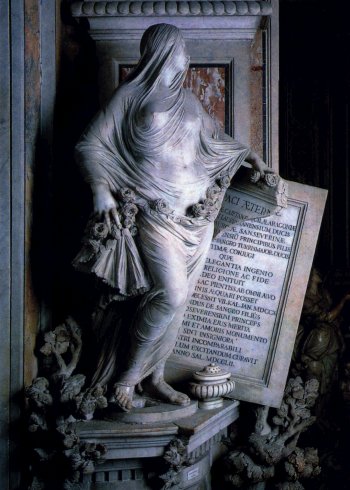
Raimondo di Sangro was a very interesting and controversial figure. He was the seventh Prince of Sansevero, born in 1710. In addition to being a Freemason, he was also an inventor, scientist, soldier, alchemist, and writer. His mother died when he was only about 10, and he spent the 10 years after her death being educated at the Jesuit College in Rome.
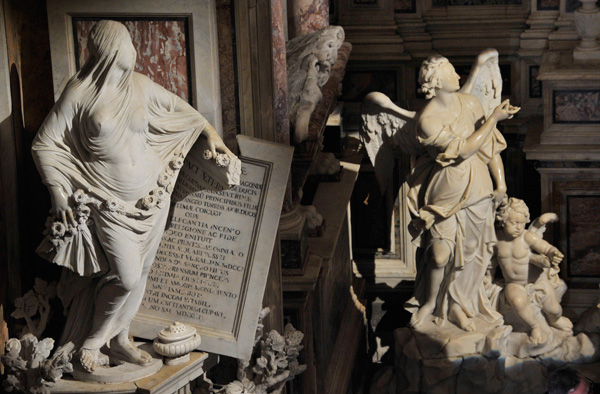
According to Directory Rex, di Sangro’s interests in science and inventing led him to increasingly esoteric studies laced with alchemical and Masonic teachings. He joined the Freemasons in 1750, but later renounced freemasonry after the pope condemned the group.
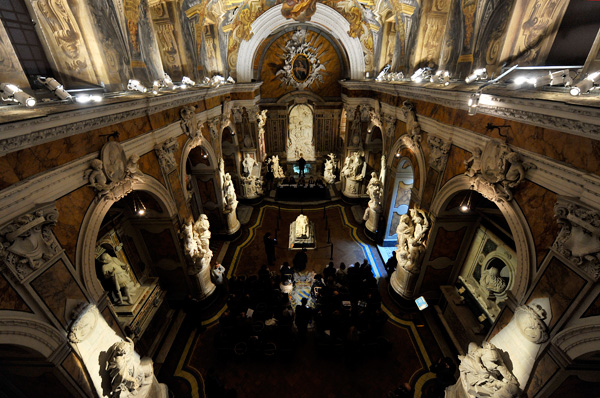
Despite the renunciation, di Sangro began to break with the Catholic Church, and his studies continued to become more recondite and occult-oriented. Even though he had earned some renown as a philosopher and inventor, rumors of black magic and bizarre experiments with kidnapped subjects swirled around him.

The latter rumor is supported by “Adam and Eve”, two sets of human remains in the basement of the chapel, which are not only the bodies’ bones, but each figure has its complete nervous system still attached.
Read another story from us: Symbolic to the Max – The Eerie Story of the Veiled Virgin
The Chapel of Sansevero embodies both the mystic and the religious aspects of a complex man. The nearly 30 works of art it holds reflect both his faith and his intense drive to seek out and master the unknown, captured in beautiful statues.
